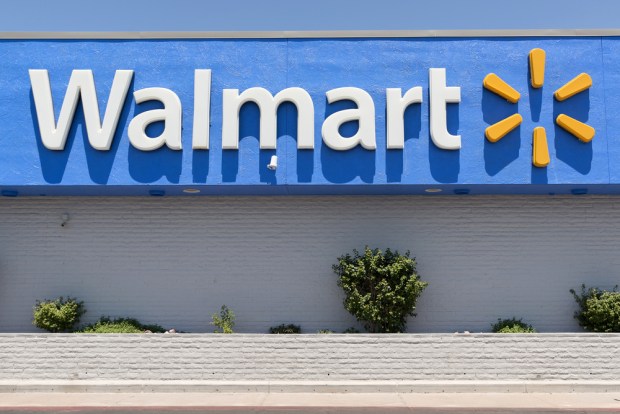Walmart Flirts With The Gig Economy

Walmart made some news lately when it dipped its toe into the gig economy waters, asking employees to deliver packages ordered by customers who live along their commutes. Employees can opt into the program via a smartphone app to take home up to 10 deliveries a day and earn a little extra cash.
The success of this quasi-gig delivery program depends on several key factors. In an interview, Karen Webster discussed the pros and cons with Hyperwallet’s Michael Ting, SVP of digital markets, and Simran Singh, director of strategy and business development.
In the “pros” column, Ting and Singh say that Walmart’s new setup garners more usefulness from its current workforce and infrastructure by taking advantage of natural routes rather than scheduling additional trips solely for making deliveries.
It also gives employees the power to choose whether and when to put in the extra effort to earn the extra reward, like other gig economy opportunities.
“It certainly follows the basic tenets of the gig economy and gig marketplaces, which is to leverage idle assets, including time capacity,” noted Ting. “If you have these people who are going to have idle time, and they’re people that Walmart already trusts … and if they can extend that brand experience to delivery rather than sourcing it to a third party, it’s driving more loyalty out of the customer base.”
The key difference between Walmart’s new arrangement and the gig marketplace, said Ting, is simply the classification of the worker: whether they are a W2 employee of the company or a 1099 worker contracting their time as a full-time freelancer. Walmart has not yet released how those who opt into the program will be classified.
If this arrangement drives down the price of transporting packages, it could give Walmart a pricing edge over competitors like Amazon. There would likely be little Amazon could to do in response, as it lacks the distribution workforce that can be mustered by Walmart.
“This is one competitive advantage they have over Amazon, and they’re trying to see what’s the best way to leverage it,” said Singh.
But the “cons” column also carries some weight, mainly in the form of unanswered questions.
Will employees find the money worth the additional work, or will they end up burning their “extra” earnings on the gas to make deliveries?
The last time Walmart tried to launch a similar initiative, it hoped to incentivize customers to bring deliveries to other customers living in their same apartment blocks. The compensation was not compelling enough, though, and the program ultimately flopped. Singh said the same thing could happen with this program, especially if the unknowns are not resolved soon.
That is a potential risk in any on-demand endeavor — Uber and Lyft have faced the same challenges.
One solution is to offer a signup bonus that is much higher than the regular incentive. The theory holds that once people are in the groove of doing the extra work, they’ll continue to be motivated when the regular incentive kicks in.
Is there enough demand for a service like this, or will lack of opportunities discourage employees from signing up in the future? Ting called it the “chicken-and-egg” problem, a common challenge all on-demand services face in the beginning.
“If there aren’t enough jobs for these people to be able to serve in the very beginning, then people are just going to stop signing up for the jobs,” said Ting.
Ting believes that rather than simply tacking the extra pay onto employees’ regular paychecks, a different payment paradigm will be necessary. He imagines that people will be taking on these jobs for discretionary funding to cover gaps in their income, and it is likely they will need the extra cash immediately. This could result in spotty service availability for the initiative.
The list of challenges goes on. Not every Walmart employee has a vehicle, which potentially disqualifies some workers from the program. In urban areas, many Walmart employees take public transit to work. In suburban areas, they often carpool or simply do not have a vehicle large enough to accommodate the products being shipped — a 50-inch flatscreen TV, for example.
Also, once the package makes it to the doorstep, who’s responsible for it? Will the delivering employee be liable if it disappears?
“For a company that’s very focused on logistics, this seems to be kind of an odd experiment, seeing that the opportunity to optimize logistics kind of unravels because you don’t have a trained delivery force to get that last mile completed,” said Webster.
The company is going to have to answer some of these questions as it looks to further expand the program. The current trials taking place at locations in New Jersey and Arkansas will shed some light on the program’s potential — or lack thereof.
